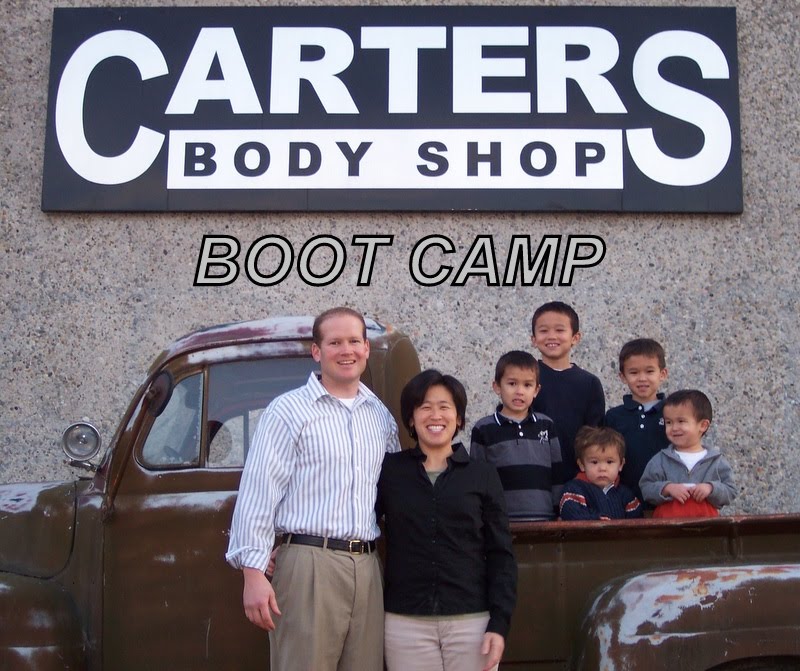Strenuous exercise may help slow aging process, study says
By John Fauber of the Journal Sentinel
For years, a mantra of medicine has been that you can't do much about your genetic makeup.
A new study has found, however, that strenuous, long-term exercise may have anti-aging properties by virtue of its effect on chromosomes.
"People automatically assume there's not anything you can do about your genetics," said Patrick McBride, a professor of cardiovascular medicine at the University of Wisconsin School of Medicine and Public Health. "We can exercise our chromosomes."
McBride, who was not a part of the study, said the new research helps explain on a cellular level many of the known benefits of exercise.
"Regular exercise is an anti-aging activity," he said.
While the study did not show that exercise can change genes, it suggests that exercise may have beneficial properties at a chromosomal level, specifically on telomeres, the ends of chromosomes that are believed to have an impact on aging.
"I think this is a blockbuster study," said Barry Franklin, a physiologist at William Beaumont Hospital in Royal Oak, Mich.
Telomeres are like the biological clocks of cells, said Franklin, who was not a part of the study.
He said the study may help explain why exercise reduces the risk of so many diseases.
In recent years, telomeres, the DNA structures found on the ends of chromosomes, have been the source of an increasing number of studies. The 2009 Nobel Prize in Physiology of Medicine was awarded to scientists who discovered how telomeres protect chromosomes.
Telomeres have been compared with caps on the ends of shoelaces, protecting against genetic unraveling, which, in turn, can lead to diseases.
When telomeres become too short after repeated cell divisions, cells die.
As people get older, telomeres get shorter, and some research has linked shortened telomeres to higher rates of death from heart disease and infections. Shortened telomeres also have been associated with cognitive problems and certain cancers, although the relationship with cancer is not fully understood.
The new study, which was published online Monday in the journal Circulation, looks at circulating white blood cells in middle-age lifelong runners, healthy middle-age people who did not exercise and younger distance runners.
The study, which involved about 100 people, is one of the first to show a correlation between vigorous, lifelong exercise and the length of telomeres.
Ulrich Laufs, the study's co-author, who is a researcher at Saarland University in Germany, said one of the key findings was that lifelong exercise was associated with a significant prevention of telomere shortening.
Laufs said the study was not designed to answer the question of how much a person needs to run or exercise to live longer.
But exercise does appear to be a powerful intervention that can help regulate substances that stabilize telomeres.
The people in the study got a lot of exercise. The middle-age subjects, whose average age was 51, had a history of running since they were young, averaging about 50 miles a week.
They were compared with a group of healthy, non-exercisers of about the same age.
The middle-age athletes had less loss of telomere length than the non-exercisers. They also had substantially higher amounts of proteins that help preserve telomeres.
The study follows research from last year that also suggested a benefit from exercise on telomeres.
That study involved 2,401 volunteers who were twins. It found an association between telomere length and leisure time exercise. It concluded that a sedentary lifestyle may accelerate the aging process as the result of telomere shortening.
The most active individuals in twin pairs had longer telomeres.
Other research has shown an association between smoking and obesity and shorter telomeres
Subscribe to:
Post Comments (Atom)


No comments:
Post a Comment